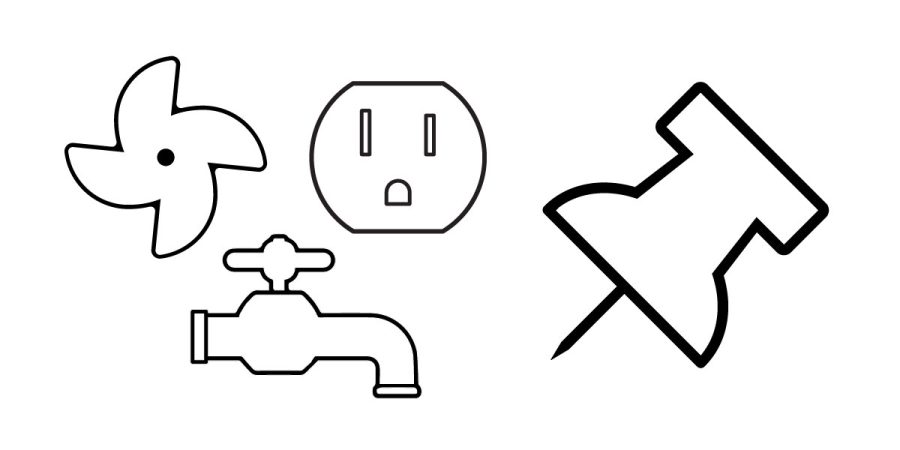Constantly being updated; message us with suggestions you find useful.
Introduction
All HVAC should be designed by an appropriate professional utilizing the appropriate calculations with precision. However, rules of thumb can be helpful in early project stages for blocking out areas and other value estimations.
Depending on the type of system used, the estimations obviously change. Make sure to use the correct system when estimating.
Redundancy:
If possible with the building’s size/budget, and especially if it’s a multi-unit housing project, it’s always best to incorporate duplicate systems or some sort of redundancy if possible.
- For example, with boilers it’s best to have 2 boilers sized instead of one large one. This allows one to be serviced while the other is still working.
Efficiency & Quality
As systems become more efficient, generally less space is needed to house them. When estimating sizes, use the end of the range that fits your intended cost and quality. The more efficient, the higher the cost… but the smaller the size. Also keep in mind quality… for a lower end housing project, its not likely to do the most efficient or cutting edge system; and instead the default would more than likely, barely meet code minimum.
Preliminary Sizing & Location of HVAC System
Ductwork Sizing: Low-pressure duct space, allowing a cross-sectional area of 10ft2 to 20ft2 for every 10,000 ft2 of floor served. This includes both supply and return ducts and applies horizontal and vertical.
- NOTE: High pressure ducts will be smaller
- For example, a 10,000 ft2 floor plate, having 20 ft2 of ductwork might mean (10) ten duct branches (5 return, 5 supply) of 1’ x 2’ (2ft2)
Small & Low Rise Buildings
- Mechanical equipment is usually best located in the basement or on the ground floor. Floodplains should be considered.
- A 12 ft x 12 ft room usually needs a 4” x 8” duct.
Medium Buildings
- Most mid-sized buildings need 3-9% of Gross Area to be used for HVAC mechanical space. (when estimating, use 6%)
Large Buildings & High Rises
- Can be located in the basement, or elsewhere throughout the building. If located on the roof, structural considerations should be taken into account.
- For high rises, frequently mechanical ‘belts’ will be located servicing floors above and floors below. Generally this should be limited to a beltwall around every 20-30 floors at most (each beltwall would service 10-15 floors above and below. Different systems can service different lengths.
All-air System or Air-water System:
- Mechanical rooms should have a floor area equal to 3-10% of the total building area served.
- This includes space for boilers, chillers, fans, etc.
All-water System
- Mechanical room with a floor area of about 1-3% of the total area.
Cooling Towers
- Generally size to approximately .2 – 1% of the building area served, and typically are located on the roof or outside the building.
- In campuses or groupings of buildings, it’s common to have a standalone cooling tower structure that is able to serve multiple buildings at once.
Quick HVAC Cost Calculations
- 40% of a restaurants total cost go to HVAC
- 20% of a hospitals go to HVAC
- 10% of mini-climate controlled warehouses costs go to HVAC
Energy Demands
Large office buildings generally demand half of the total energy by their lighting system. This has been reduced in recent years due to implementation of LEDs and occupancy sensors.
- 30% goes to HVAC
Location and Design Notes
Access & Serviceability
All major equipment in a building (boilers, chillers, etc) should be located and situated in a way that allows for replacement of the equipment itself or large pieces of it. This could mean having larger access hatches or even removable pieces of facade that allow access.
Location
Proper design and care should be given to make sure that equipment is separated from sensitive areas of the building. If located within close proximity, consideration for noise and vibration disturbances should be given.




Leave a Reply
You must be logged in to post a comment.